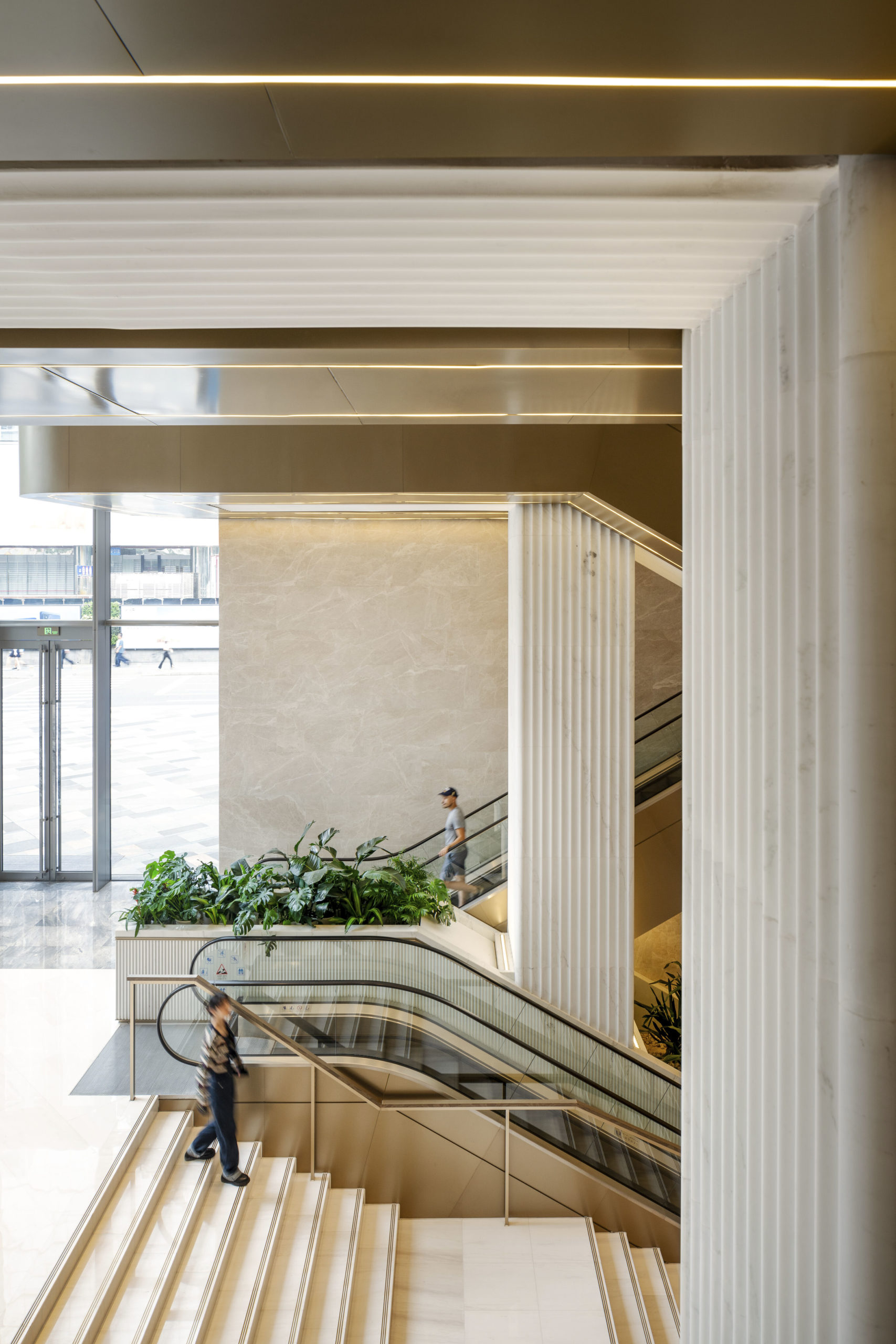
As an industry, though, we can start the change now. Let’s make this the line in the sand for a fundamental change in the way we promote best practice in terms of fire safety…
The UK can learn a lot from other countries. In Mumbai, a modern, high-rise residential scheme is required to integrate a fire break floor at every 70m and incorporate an open deck space on every seventh floor.
In Hong Kong, intermediate refuge floors must be provided for anything higher than 40 storeys, and all residential towers must have two means of escape. The favoured solution is scissor-stairs, which need to be naturally ventilated.
In Australia, all buildings above 25m in height are required to be fully sprinklered and have two means of escape. The use of external sprinklers or drenchers is also required in buildings with adjacent boundaries that fall within a specific set distance.
I feel it is important to add that I am a firm believer in the need for high-rise housing. It is a necessary part of our towns and cities, increasingly so as we look to make the most of the limited land and resources we have. I speak out against a loss of confidence in tall buildings as a result of the Grenfell disaster. With the right standards and measures in place, they have proven a safe and effective way to address urban density.
It is, however, imperative that safety is not compromised, whether building a high-rise from scratch or adapting it for reuse. We need to ensure the highest possible standards of safety are demanded in every aspect of tall building design and construction.
The inquiry will lead to changes across the board when it comes to fire safety – from the materials used to the fire detection and evacuation strategies employed in buildings of multiple occupancy and high-rise buildings. But this could take up to two years, if not longer, and I am sceptical of whether it will go far enough in unpicking the layers and effecting the wholesale change that is needed.
As an industry, though, we can start the change now. Let’s make this the line in the sand for a fundamental change in the way we promote best practice in terms of fire safety, and let’s eliminate the culture of mere compliance or box-ticking with regards to building regulations.
The tragedy of Grenfell is so seared into our collective consciousness that I imagine it will become one of those “Where were you when?” events. But more than that, it has to be, “Where are we now?” “What did we learn from it?” “How have things changed since?” This is a chance to redeem something important out of something immeasurably tragic.
Originally posted on EG 19.07.2017












































































































































































































































































